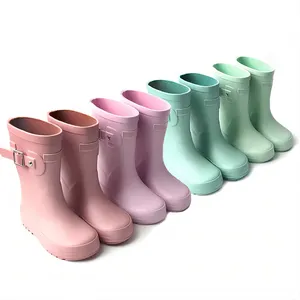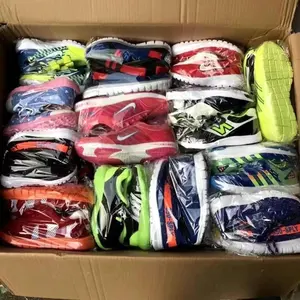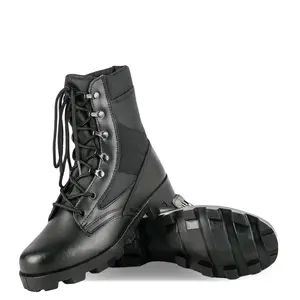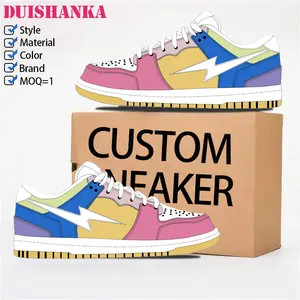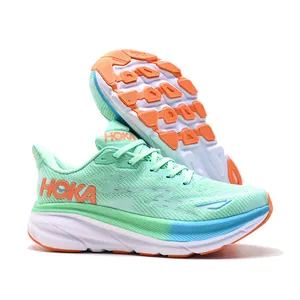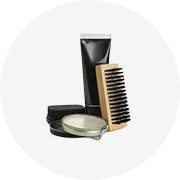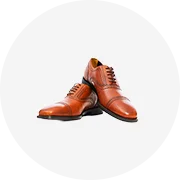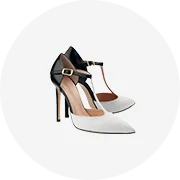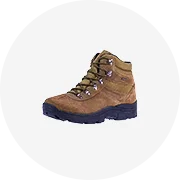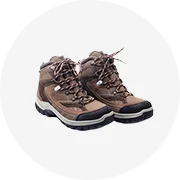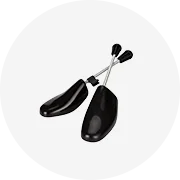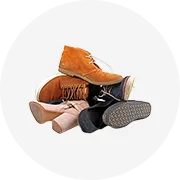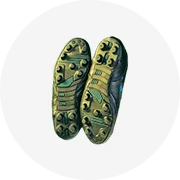Popular in your industry








































































Top categories
About rejected shoes
In the competitive landscape of retail, the art of transforming a seeming disadvantage into a profitable niche is a coveted skill. 'Turning Losses into Profits: The Comprehensive Guide to Sourcing Rejected Shoes for Your Business' unveils this very alchemy. This guide takes you through the uncharted territories of the rejected shoe market, a place where savvy businesses can find hidden gems and turn them into gold. From understanding the diverse offerings on our platform to mastering the art of negotiation and marketing, this article is your roadmap to capitalizing on what others have overlooked. Embark on this journey to discover how rejected shoes can step up to become a cornerstone of your business's success.
Understanding the Market for Rejected Shoes

Exploring our platform reveals a diverse range of rejected shoes, which presents a unique opportunity for businesses looking to source these products. Among the offerings, one can find customized hiking boots with safety features such as steel toes and slip resistance, as well as waterproof and cut-resistant materials. These boots are designed to provide protection in industrial settings, highlighting their potential for resale in safety gear markets.
Additionally, the platform lists testing equipment which is used for assessing the bending resistance of shoes, indicating the availability of not just footwear but also related industrial machinery. This could be of interest to businesses involved in quality assurance or retail sectors that require such equipment.
For retailers targeting the fashion-conscious consumer, there are listings for handmade leather dress shoes, which, despite being categorized as rejects, may still appeal to bargain hunters or those looking for unique style offerings. Furthermore, our platform hosts options for bulk clearance sales of clothes and shoes, suggesting the presence of inventory for businesses looking to purchase in large quantities for resale.
The platform also caters to the sports and casual wear market with second-hand and used shoes, including branded basketball shoes and sports footwear in bales. This indicates a potential for businesses to tap into the market of consumers interested in branded goods at lower price points.
Lastly, the inclusion of mixed lots of shoes for children and adults points to the possibility of acquiring a wide demographic range of footwear, allowing businesses to cater to a broad customer base. The varied selection of rejected shoes on our platform showcases the potential for businesses to source these products and turn them into profitable ventures.
Types of Rejected Shoes Available
Exploring the variety of rejected shoes available can be a surprising journey into value and diversity. Among the offerings, one can find mixed bales of second-hand shoes, which include a range of casual and athletic footwear sourced from various locations. These bales often contain international styles, providing a spectrum of styles and sizes suitable for men, women, and children.
For those with a focus on durability and safety, the market also presents customized hiking boots featuring protective elements such as steel toes and anti-smash features, combined with slip resistance and waterproof materials, catering to a more specialized clientele.
The selection extends to disposable footwear solutions, like hotel slippers and medical shoe covers, which are designed for one-time use, ensuring hygiene and ease of use in hospitality and healthcare settings.
Bulk clearance sales offer an opportunity to acquire clothing and shoes at reduced costs, which may include factory rejects that didn't meet the quality standards for retail but are still functional and presentable.
Lastly, the assortment includes branded sports shoes and children's school shoes, which have been pre-owned but are still in condition to be worn. This category also features sneakers and fashionable retro runners, highlighting the potential for tapping into the trend-conscious segment of the market.
Evaluating Quality and Viability
In the realm of footwear manufacturing, the rejection of shoes due to various defects is a significant concern, impacting both the economy and the sustainability of the industry. Evaluating the quality and viability of rejected shoes is crucial for businesses looking to source these products. The study underlines that rejections commonly stem from faulty production processes, distribution errors, preservation mishaps, and improper fitting. These factors contribute to the overall rejection rates, which, when kept below a certain threshold, can enhance profitability. For businesses on our platform, understanding these rejection causes is vital to ensure that the sourced rejected shoes have minimal defects and are still marketable. It's imperative for industries to engage in continuous research and development to minimize these defects and improve the quality of footwear. By doing so, companies can transform potential losses into profits by tapping into the market of rejected shoes with an informed strategy.
Strategies for Sourcing from Our Platform
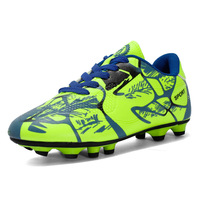
When sourcing rejected shoes on our platform, it's crucial to approach the process strategically. As a vast marketplace, we offer direct contact with numerous manufacturers and wholesalers. While engaging with suppliers on this platform, clarity on the product requirements is essential. Always request samples to ensure the quality and sizing meet your standards, which is a critical step in preventing scams and ensuring product viability.
Additionally, while our platform hosts many trading companies, it's beneficial to aim for direct factory contact when possible. This can lead to better pricing and a more assured quality control process. However, be vigilant and conduct thorough research on the suppliers to authenticate their manufacturing capabilities and to safeguard against potential frauds.
Sourcing agents can also be a valuable resource in navigating our extensive network. They possess the experience and contacts necessary to pinpoint suitable footwear suppliers. Yet, caution is advised when selecting an agent to avoid unnecessary costs and scams. The goal is to turn the challenges of sourcing rejected shoes into profitable business opportunities through strategic planning and careful supplier selection.
Negotiating with Suppliers for the Best Deals
In the context of sourcing rejected shoes, negotiating with suppliers is a critical skill. Companies must approach this with a strategic mindset, considering various actions to strengthen their position. One effective method is to offer new value to the supplier, such as access to new markets or reducing their risks. This can make the partnership more appealing to the supplier and open up room for negotiation.
Another tactic is to adjust purchasing strategies. Businesses can consolidate their orders, modify purchase bundles, or alter their purchase volumes to create a more favorable negotiating position. By doing so, they can potentially secure better terms.
For those willing to take on more risk, there are transformative options. Companies might introduce a supplier from a different market or consider vertical integration to produce what they need independently. While riskier, these moves can significantly change the dynamics with current suppliers.
As a final measure, firms have the option to cease current and future orders or even threaten legal action. This should be a last resort, as it can have long-term implications on supplier relationships. Regardless of the chosen strategy, it's crucial for companies to understand their situation thoroughly, collaborate across departments, and think both analytically and creatively to achieve the best possible outcome in supplier negotiations.
Logistics and Shipping: Turning Losses into Profits
In the context of the footwear industry, AI is revolutionizing the approach to inventory management, particularly with products that have been returned and are considered 'rejected'. Retailers are now leveraging AI to gain real-time insights into sales and returns, enabling them to make informed decisions on what to restock and what may sell out. This proactive approach to replenishment, powered by AI, is transforming how retailers handle overstock and returned items, turning potential losses into profits.
AI's ability to provide detailed, SKU-level insights into inventory helps retailers optimize their allocation strategy. By analyzing buying trends and patterns, and incorporating actual sales and return data, companies can make more accurate in-season predictions. This granular level of insight allows for a more dynamic response to market demands, ensuring that even rejected shoes are managed effectively.
Moreover, the use of AI in forecasting and replenishment strategies means that retailers can act swiftly, adjusting to the rate of returns on a given product. This not only improves the chances of reselling returned items but also helps in maintaining healthier profit margins. The ability to predict and plan for the performance of each retail channel, whether online or in-store, is crucial in the current market where consumer behavior is rapidly changing.
Marketing Your Sourced Shoes Effectively

To market your sourced rejected shoes effectively, storytelling is key. Communicate the unique journey of each pair, highlighting the craftsmanship and value they offer. Utilize visual platforms to evoke the exclusivity and appeal of these shoes, creating aspirational content that resonates with your audience. Digital advertising, particularly through segmented targeting on social media, can be a powerful tool to reach potential customers.
Leverage search engines to connect with shoppers by ensuring your online presence is optimized for discovery. Embrace the digital shift in shopping by offering immersive experiences, perhaps through virtual showrooms. Consider creating a sense of exclusivity online, which can be achieved through private groups or loyalty perks for repeat customers, fostering a community around your brand.
When showcasing rejected shoes, focus on the unique opportunity they present. Emphasize the desirability through scarcity and the exceptional value they provide, turning what was once a loss into a compelling proposition for your customers.
Success Stories: From Rejection to Revenue
Exploring the realm of business, it's evident that initial rejections don't spell the end for innovative products. Success stories abound of companies that have turned a challenging start into a thriving enterprise. These narratives underscore the potential of products that initially faced rejection, emphasizing the importance of perseverance and strategic pivots. They serve as inspiring examples for businesses sourcing rejected shoes, illustrating how rejections can be transformed into lucrative opportunities with the right approach.
Conclusion
The journey from overlooked rejects to profitable inventory is not just possible; it's a path paved with strategic insights and opportunities, as our comprehensive guide has shown. By understanding the market for rejected shoes, evaluating their quality, and employing savvy sourcing strategies on Alibaba.com, businesses can uncover a wealth of untapped potential. Negotiation skills and logistics management play pivotal roles in ensuring that these products are sourced at the best possible price and managed efficiently. Meanwhile, AI-driven inventory management and creative marketing techniques are the secret sauce to turning these products into desirable purchases. The success stories of businesses that have turned rejection into revenue serve as a testament to the viability of this approach. In conclusion, the world of rejected shoes offers a unique opportunity for those willing to look beyond the surface and see the value within. With the right approach, what starts as a loss can indeed be transformed into a significant profit, proving that in the world of business, there is a silver lining in every return bin.
